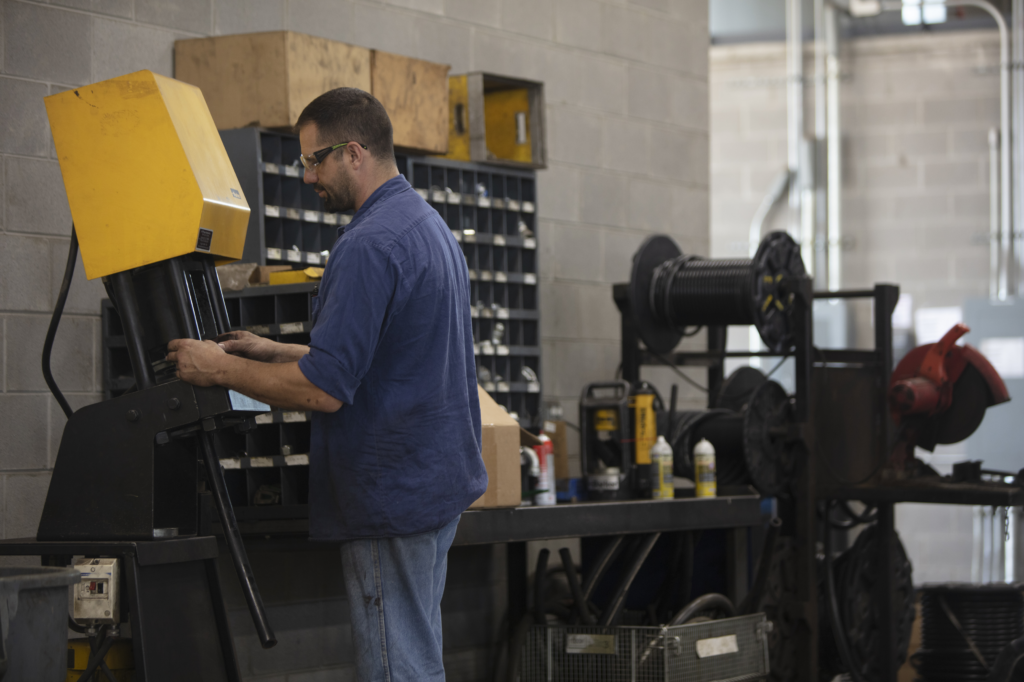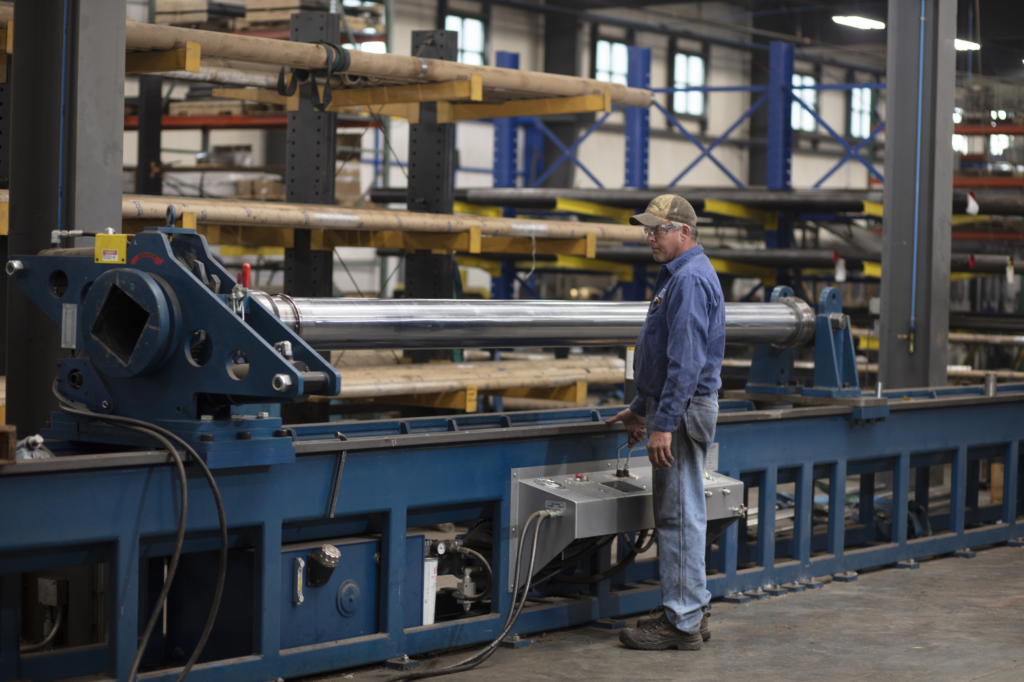
The History of Hydraulic Power
Back to The Basics of Hydraulic Power
People have been utilizing the power of fluids for practically as long as we have been around, it’s amazing to think about the history of hydraulic power – when you stop and think about how someone realized what possibilities there are with the use of hydraulics, it’s amazing! Power generated through fluid began with water. Early applications of water power include the water wheel, water clocks, and aqueducts. Over the last century, though, fluid power has made some drastic strides forward. In 1648, a physicist by the name of Blaise Pascal, al made some important discoveries within the world of fluid power. He realized that “any force applied to a confined fluid is transmitted uniformly in all directions throughout the fluid regardless of the shape of the container.” (https://www.sciencedirect.com/topics/engineering/pascals-law) This realization was the beginning of making hydraulic power what it is today. Almost 100 years later, Daniel Bernoulli used the base of Pascal’s law to pressurize water within pumps and mills, followed years later by Joseph Bramah, who patented the very first hydraulic press, which truly revolutionized the way that fluid power and hydraulics would function forever. It didn’t take too long to realize that there had to be a better alternative to water within the hydraulics, which is when noncorrosive oil began to be used. Along with protecting the vessel better, oil is denser and can lift and handle much more weight. Not only that, but oil also doesn’t evaporate like water does and can more easily maintain temperature as needed.
In 1897, the first hydraulic excavator was built by the Kilgore Machine Company, making a breakthrough with the use of hydraulics. It wasn’t till many years later that hydraulic machines started to dominate the construction industry by being used to do a wide variety of things such as lifting, digging, pushing, and pulling – decreasing the amount of manpower necessary to do these tasks. These hydraulic machines had many advantages and still some disadvantages as well. They were much more powerful and seemed to last much longer, but they also required more expensive upkeep and repair.
As time went on, hydraulics started to evolve and began to be used in much more than just large machines such as bulldozers and cranes. People began to see the value of hydraulics for many different applications, even small ones such as car jacks, scissor lifts, pumps, and more! It didn’t take long to see that hydraulics was a sustainable idea that reached far and wide in the world of manufacturing, construction, repair, and so much more! Hydraulic power is highly valued for its force and ability to be controlled accurately.

Over the last 100+ years, the world of hydraulics has been constantly changing, updating, and increasing productivity. Systems are improving, and new opportunities to use hydraulics are forming. Hydraulics are used in so many applications that you might not even realize, things from big equipment to small machinery, home solutions, and more.
If you are interested in learning more about your hydraulics or maybe you have some hydraulics or hydraulic components that you need looked at, please contact us today. Our team is more than happy to help you with whatever your hydraulic needs might be.























